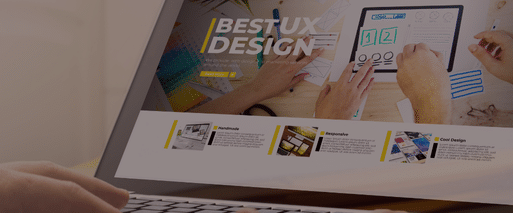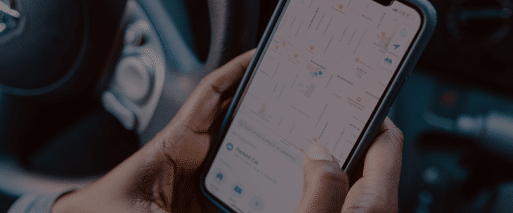WordPress powers over 40% of the entire web and for good reason. It’s flexible, open-source, and easy to scale. However, with that popularity comes increased risk. While WordPress offers incredible freedom, it also opens the door to vulnerabilities if left unchecked. From outdated plugins to brute-force login attacks, businesses running WordPress sites face real and growing security threats.
WordPress websites are prime targets for cyberattacks due to their widespread adoption. With thousands of plugins and themes available, the attack surface is wide, and hackers know it.
Common WordPress Security Threats
WordPress sites are vulnerable to several security risks. One major issue is brute-force login attempts, where automated bots try to guess your username and password. Malware injections are another common threat, where hackers exploit outdated themes or plugins to insert malicious code. Additionally, third-party software may have exploitable bugs, and outdated PHP versions can create entry points for attackers.
The consequences of these threats can be severe:
- Site downtime or crashes
- Data theft and breaches
- SEO penalties from Google if malware is detected
- Loss of customer trust and reputation damage
What is WordPress Maintenance?
WordPress maintenance refers to the ongoing process of keeping your website secure, stable, and high-performing. It includes tasks like updating the WordPress core, themes, and plugins, running regular security scans, and scheduling backups. Monitoring uptime and performance metrics, reviewing server settings, and optimising speed are all part of regular maintenance.
This is an ongoing responsibility, as it helps protect your investment, prevent issues, and improve user experience.
How Regular Maintenance Improves Website Security
Regular maintenance offers several benefits that help keep your WordPress site secure. Keeping plugins, themes, and the core software up to date is one of the most effective ways to protect your site from attacks. Many successful attacks target outdated software, so regular updates patch known vulnerabilities, reducing your risk.
Security scans and alert systems can also help detect vulnerabilities before they escalate, allowing you to take fast action. Tools like Wordfence or Sucuri are commonly used for this purpose. Maintenance also includes measures like firewalls, login attempt filters, and reCAPTCHA to protect against hackers and malicious bots.
Reliable backups are another key part of site security. If your site is compromised, having up-to-date backups allows for quick restoration without permanent loss. Additionally, technical audits of your hosting environment can identify insecure server configurations, expired SSL certificates, and outdated PHP versions that may put your site at risk.
WordPress Security Features to Monitor During Maintenance
Regular monitoring and maintenance are crucial for several security features, including:
- Two-factor authentication (2FA) for admin logins
- Limiting login attempts to prevent brute-force attacks
- Ensuring an active SSL certificate and HTTPS
- Regular malware scanning and file change detection
These features significantly strengthen the security of your WordPress site.
Signs Your WordPress Site Might Be at Risk
Not sure if your site is compromised? Watch for signs like slower-than-usual page loading times, new and unknown admin users, or unexpected redirects to third-party websites. Another red flag is receiving blacklist warnings from Google or antivirus software. Spikes in failed login attempts or strange traffic patterns should also be investigated.
DIY vs. Professional WordPress Maintenance
Maintaining your WordPress site yourself can be cost-effective and provides you with control over updates and settings. However, it can also be time-consuming and technical, and it’s easy to overlook hidden issues. Misconfiguring security settings or skipping important updates can leave your site vulnerable.
On the other hand, outsourcing to professionals can ensure that your site is regularly monitored, patched proactively, and protected around the clock. Professional services are especially beneficial for e-commerce sites or businesses that can’t afford downtime or security breaches.
How to Start Securing Your WordPress Site Today
To secure your WordPress site, take these simple actions immediately:
- Update the WordPress core, plugins, and themes.
- Install a trusted security plugin like Wordfence or Sucuri.
- Set up automatic daily backups.
- Audit user accounts and remove outdated admin users.
- Use strong passwords and avoid default usernames.
These steps will go a long way in securing your WordPress site.
Don’t Wait for a Security Breach
WordPress is an incredibly powerful platform, but it’s only effective when properly maintained. Regular maintenance helps prevent security issues before they negatively impact your revenue or reputation. Whether you handle it internally or partner with a specialist like Ruby Digital, don’t wait to start securing your site.






